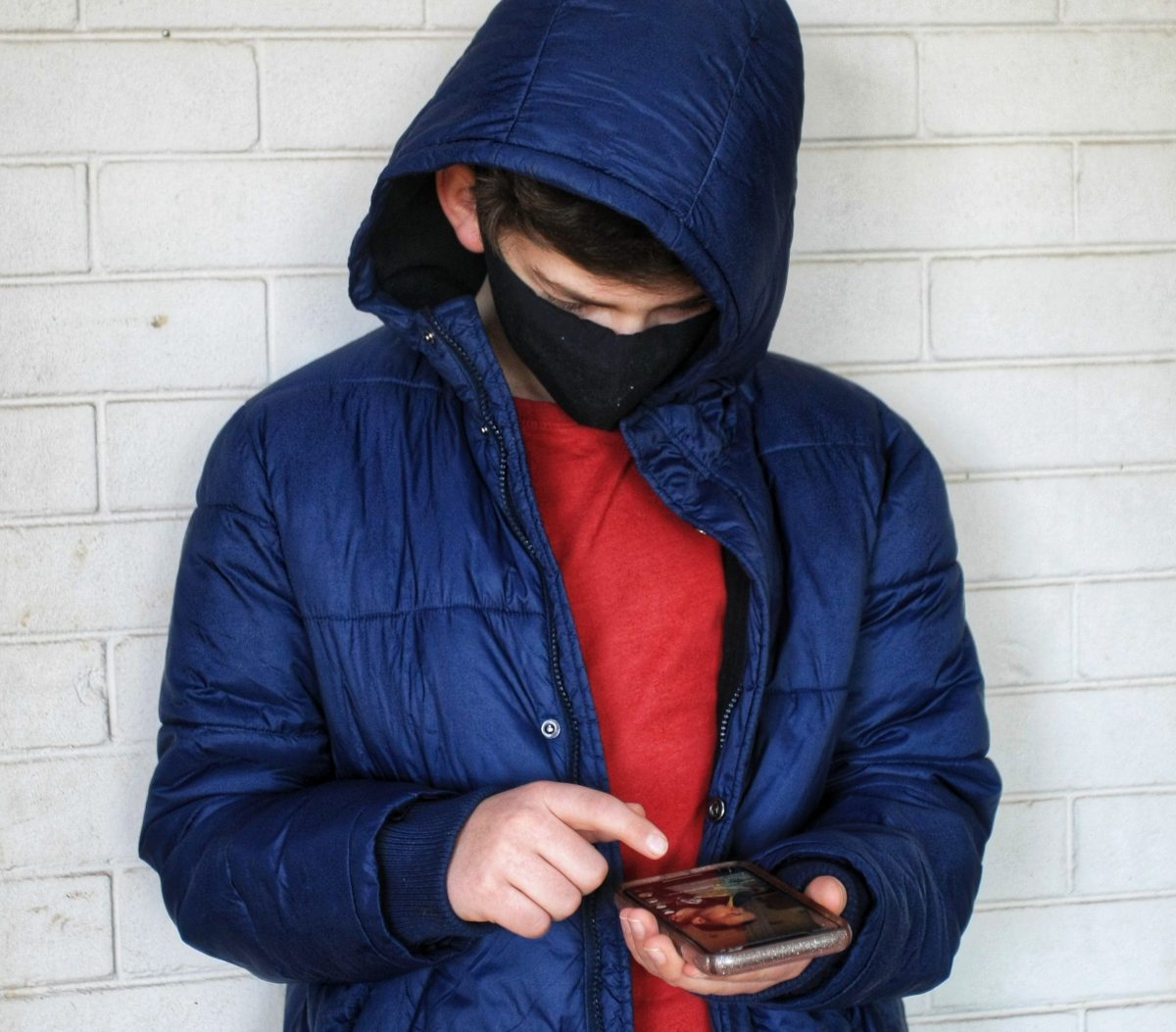
News

Antisemitic content on TikTok doesn’t ‘happen like clockwork’
TALI FEINBERG
However, local social-media expert Sarah Hoffman says that while it’s possible your child will come across antisemitic content while scrolling on TikTok, there’s an equal chance your child will come across pro-Jewish content speaking out against antisemitism.
The report shows that from February to May 2020, there were 196 postings related to far-right extremism, with one-fifth of them related to antisemitism and Holocaust denial.
In the same time frame, the study found 14 postings of Adolf Hitler’s speeches; 11 postings of the Sieg Heil victory salute used by Nazis; and 17 videos encouraging violence that featured Nazi or neo-Nazi symbols. These include the swastika and sonnenrad, or black sun; and 26 accounts featuring the numbers 88 in their username, the white supremacist numerical code for Heil Hitler. The study first appeared in the Studies in Conflict & Terrorism journal.
TikTok, based in China, has gained popularity with its short videos of users dancing and lip synching. Although the platform’s terms of service prohibits users under the age of 13, many who appear in the videos are clearly younger.
“TikTok has unique features which make it more troublesome,” according to the study. “First, unlike all other social media, TikTok’s users are almost all young children who are more naive and gullible when it comes to malicious content. Second, TikTok is the youngest platform, thus severely lagging behind its rivals which have had more time to grapple with how to protect users from disturbing and harmful content.”
The researchers identified TikTok accounts of known extremist groups, then collected posts that featured hashtags associated with extremist movements. Finally, they examined the identified accounts and posts, as well as accounts that showed interest in extremism through liking, commenting, or following the accounts.
When Hoffman heard about this research from the SA Jewish Report, she searched for the content on TikTok using specific hashtags, and struggled to find it. Instead, she came across pro-Jewish, pro-Israel content, or posts calling out antisemitism.
Hoffman, formerly of The Digital Law Company, is soon to launch Klikd, in partnership with psychologist Pam Tudin, a platform to help “tweens”, teens, and parents to navigate social media safely.
“Any platform has the space to be abused or generate hate,” she says. However, she “found an abundance of pro-Jewish and pro-Israel posts calling out racism and antisemitism, all created by teens. This is the activist generation, so the platform is also being used to speak up and speak out.
“There is definitely a problem of growing antisemitism in the world, and if someone wants to spread hatred, they will find a way, no matter what the platform,” Hoffman says. While the study found 196 postings related to far-right extremism in four months, this is a drop in the ocean compared to the billions of posts that make it onto the platform every day.
TikTok allows people to create 15-second music videos to popular soundtracks. “It’s where all the teens are at, and is currently the top or second most downloaded app,” says Hoffman.
Why is it so addictive? “It has the element of surprise. There is a ‘for you’ section of trending videos based on your interests, and its short format caters to our short attention spans and instant gratification.” It’s mostly used by 13-24 year olds, but also ‘tweens’ who enter false birthdates. It’s used 60% by females, and 40% by males.
“The other factor is that it’s quite easy for ordinary teens to achieve TikTok fame. Teens are most drawn to the ‘likes’ and affirmations that these platforms provide, and TikTok feeds into that need,” says Hoffman.
“Finally, it’s a creative outlet. Kids will spend time rehearsing their routine and choreographing it. It also has quite a lot of humour. It’s not one of the apps I worry about the most. It allows kids to be themselves and be authentic as opposed to the curated and filtered content on Instagram, or the hotbed of hate that can easily be found on Twitter.”
However she emphasises that all the concerns about social media apply to TikTok. “Predators go where children hang out, and this is the playground of the digital age.” There is also cyber-bullying and inappropriate content. Another difficulty is that the platform uses pop music, which is inherently sexual, so children may be dancing to lyrics or lip synching them without even knowing how inappropriate they are.
But there are ways to control this, most importantly by having honest, open, and continuous conversations with children, who must be comfortable about reporting inappropriate content to you or another authority figure.
For example, if a child did come across antisemitic content, one hopes they would have enough knowledge to know it isn’t right. If you think your child might not have this awareness, then they might not be ready for social media, says Hoffman.
TikTok has ramped up its privacy settlings, Hoffman says, so with the correct measures in place, it can be quite simple to make the experience safe (even though nothing is foolproof). Entering a child’s birthdate to below 13 alters the content to make it quite sanitised. Children might not like this, but it could be a good compromise.
Ultimately, we can empower our kids to recognise what’s healthy content, and give them the tools to report what’s inappropriate. As children spend more time on screens, especially under lockdown, regulating screen-time is becoming almost obsolete, says Hoffman.
What’s becoming far more important is regulating the nature of the content, teaching young people to know what’s appropriate, and showing them that social media can be used as a force for good.




